I am insanely tired this morning. I have had too many late nights on top of late nights on top of vacations and colds….it is catching up! Last night I was up until 1:30 finishing my jam.
This is one of my favorite jam recipes. It is a little different, instead of pectin you use Jello as your thickening agent. As a result, the jam it a little thinner in the jars, but once it is open and refrigerated, it sets up really nicely.
Here is what you need for one batch of Apricot Jam
8 cups Apricots, pitted and chopped
(leave the skin on)
4 cups crushed pineapple, drained
(about 2 large cans)
10 cups sugar
(I know insane, but yummy)
1-3 ounce package of apricot Jello
(the store was out of apricot so I used peach instead)
1-6 ounce package of Orange Jello
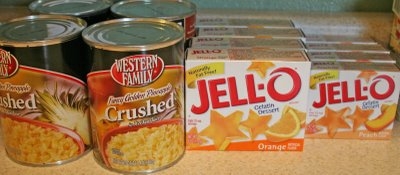
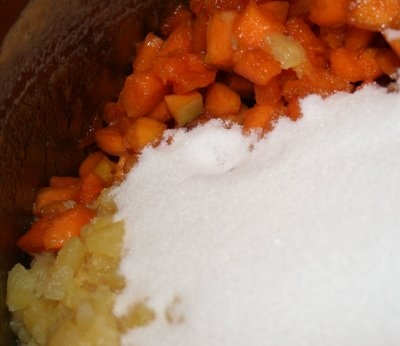
Put the sugar, apricots and pineapple into a large pan
(I know, crazy amount of sugar)
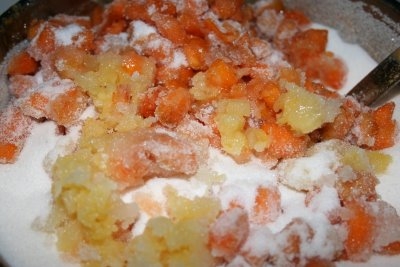 Slowly bring in to a boil, stirring constantly
Slowly bring in to a boil, stirring constantly
it is very easy for the sugar to burn on the bottom of the pan and that will ruin the whole batch.
Also, you don’t want the pot to boil over (more about that later)
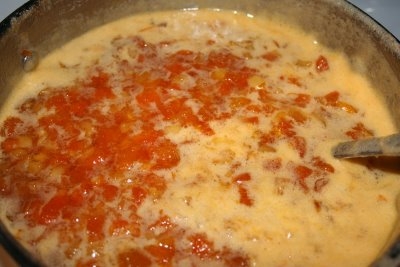
Once you get it boiling find the right to keep it at a low boil, stirring occasionally at this point. Once the fruit and the sugar mix well, it won’t burn as easily.
You boil this for 30 minutes.
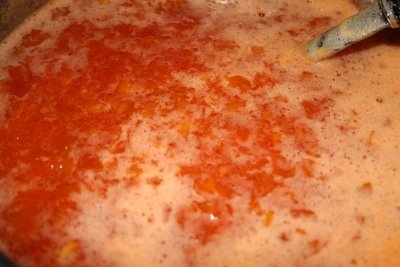 Once it has boiled for 30 minutes, you add your two packages of Jello.
Once it has boiled for 30 minutes, you add your two packages of Jello.
Mix it in well and let it boil for a few minutes so the Jello completely dissolves.
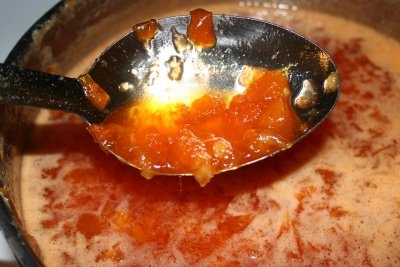
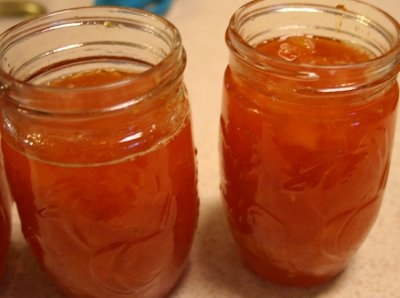 Then you pour it into your sterile jars and process for 15 minutes.
Then you pour it into your sterile jars and process for 15 minutes.
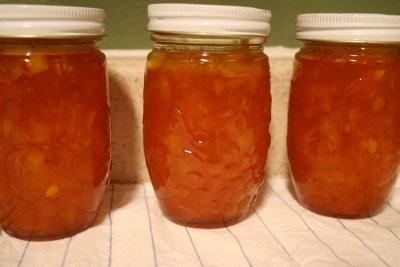 I made 48 pints last night.
I made 48 pints last night.
There is something so satisfying about preserving your own foods.
 On my last batch I was about 2 cups short on my apricots, so I added two cups of frozen strawberries out of my freezer. It turned out really yummy, and that is why those jars in front are darker and redder.
On my last batch I was about 2 cups short on my apricots, so I added two cups of frozen strawberries out of my freezer. It turned out really yummy, and that is why those jars in front are darker and redder.
Now, about pots boiling over
It is really messy
And bunt sugar isn’t the nicest smell.
This is what happens when you put the apricots to boil and turn around thinking you have time to load a few dishes into the dishwasher.
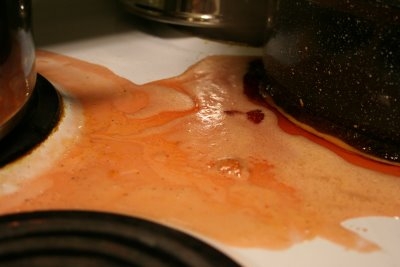
Anyone want to guess what happens to sugar when it is exposed to high temperatures?
It turns to caramel
What to know what happens when it is exposed to even higher temps for an extended period of time? It turns in to hard candy
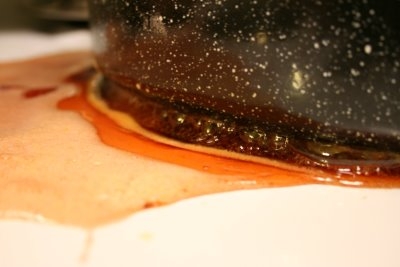 I am still trying to get all this off my stove!
I am still trying to get all this off my stove!
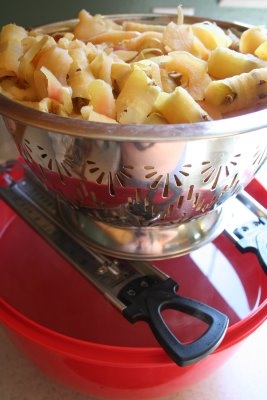 I took about half of my apple peals and cores and boiled them for a while, until everything was soft and all the color was gone from the peel.
I took about half of my apple peals and cores and boiled them for a while, until everything was soft and all the color was gone from the peel.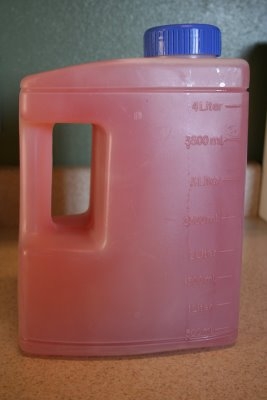
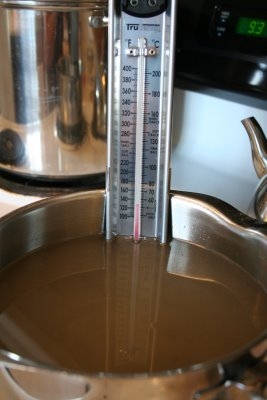
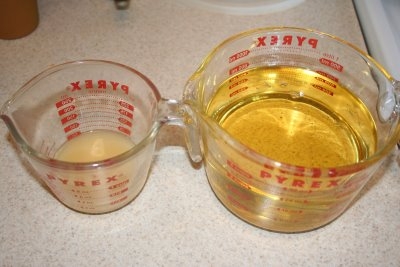 Once the syrup was ready I added it to 6 cups juice, three cups corn syrup (I know, bad) and 1/4 cup lemon juice along with 4 cinnamon sticks and brought it all to a boil.
Once the syrup was ready I added it to 6 cups juice, three cups corn syrup (I know, bad) and 1/4 cup lemon juice along with 4 cinnamon sticks and brought it all to a boil.
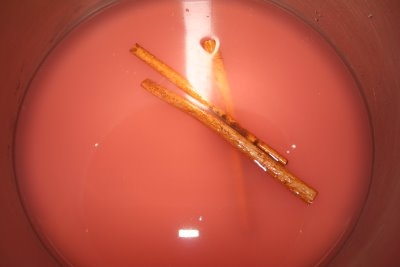


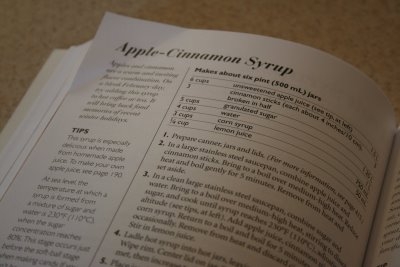
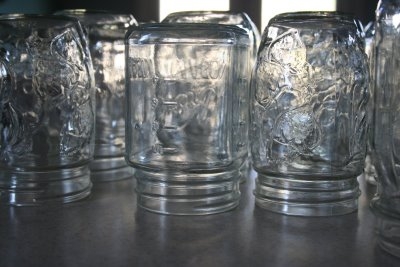
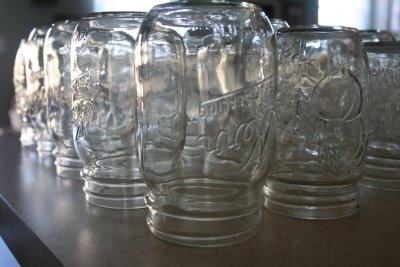
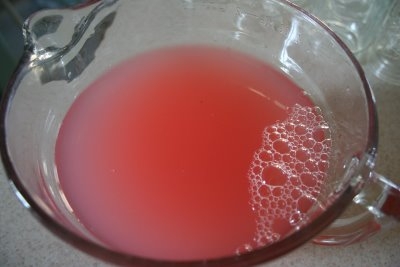
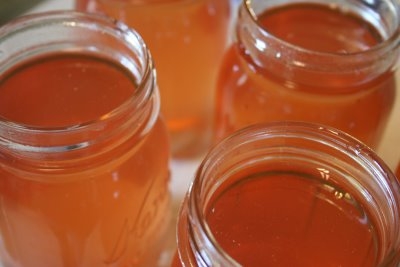
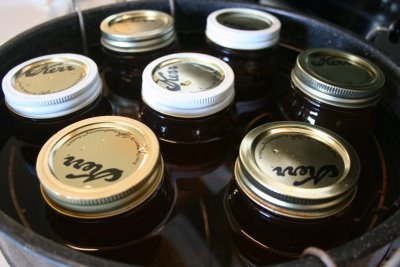
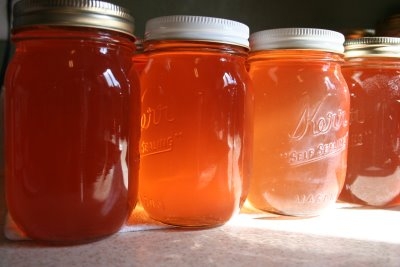
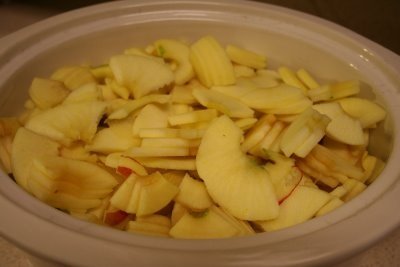
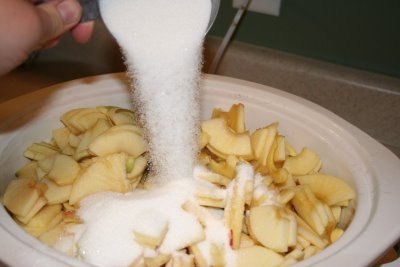
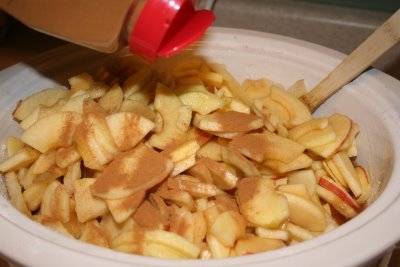

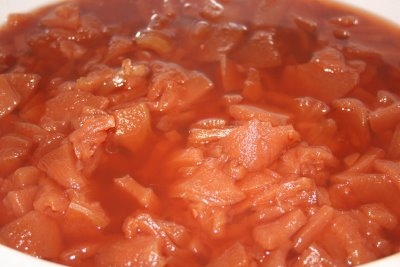
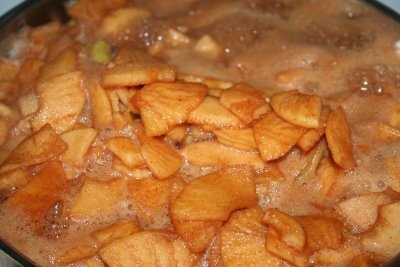
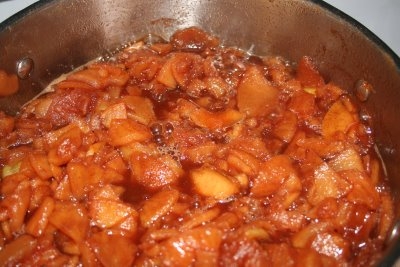

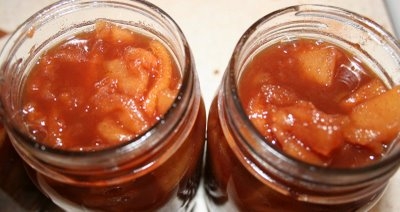
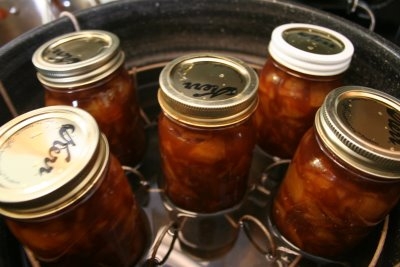
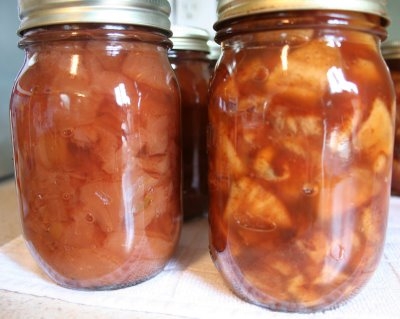
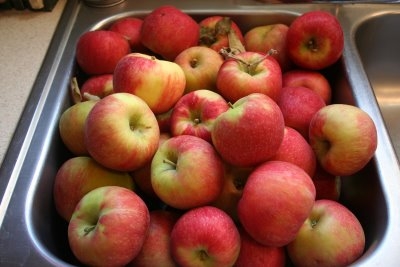
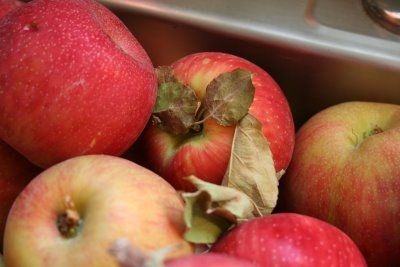
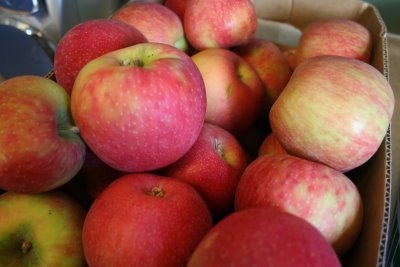
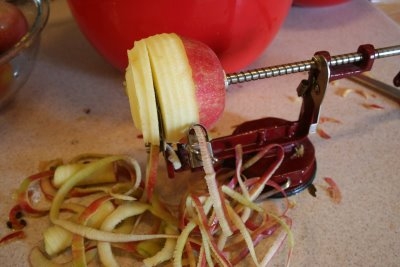
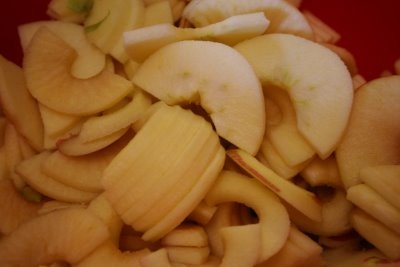
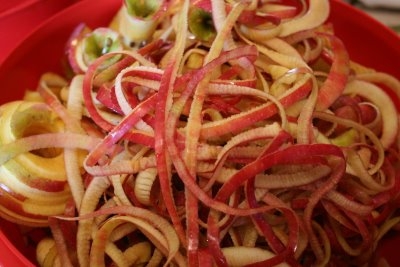
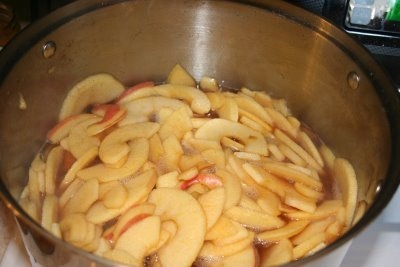
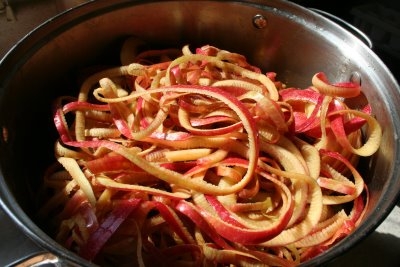
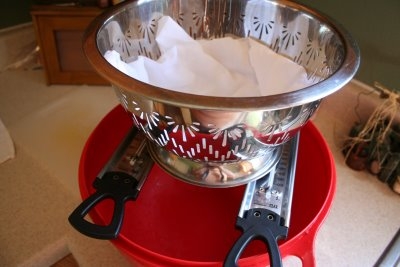
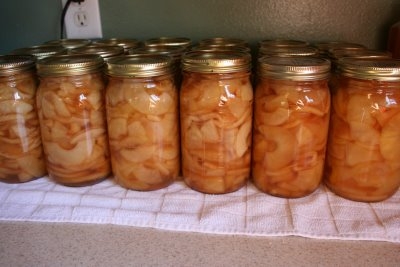
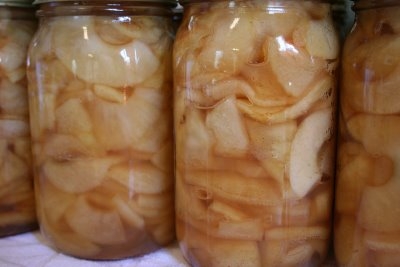
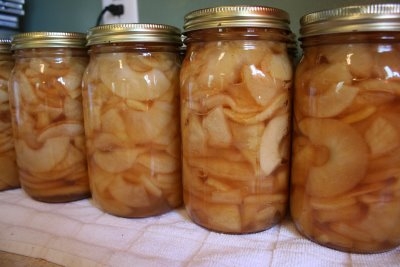


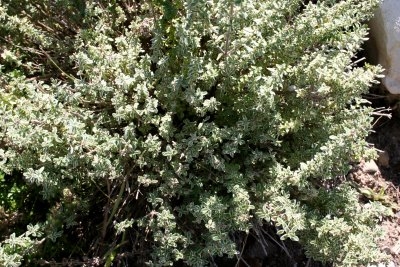
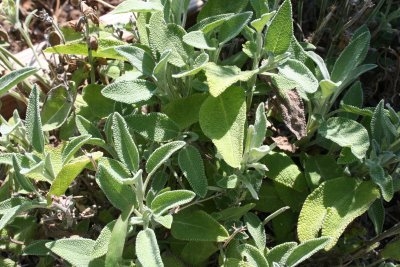
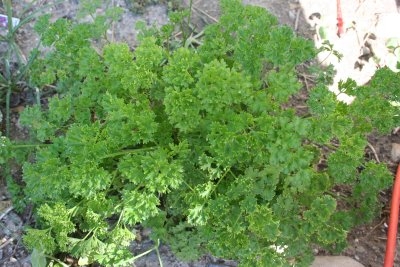
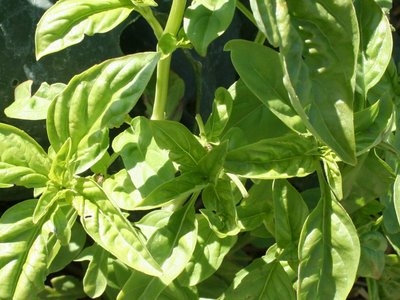
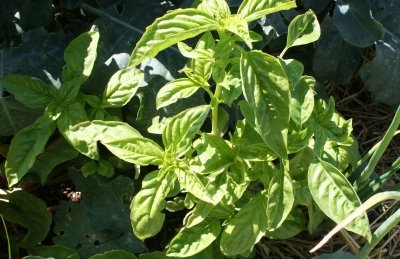
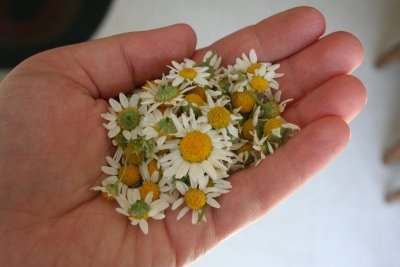
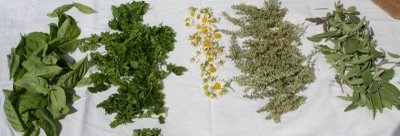

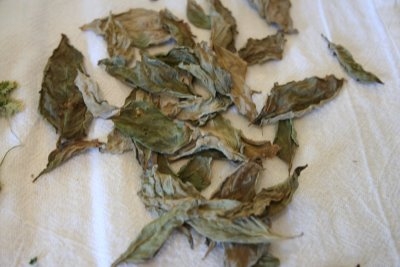
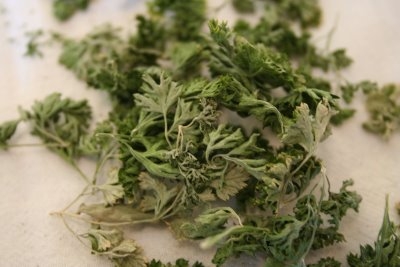
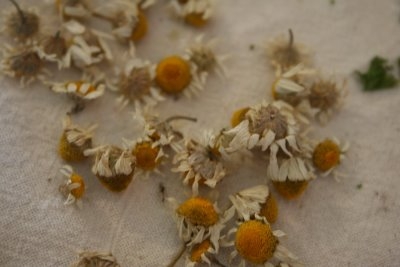

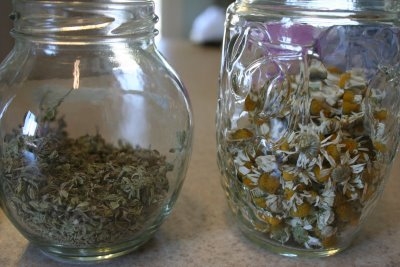
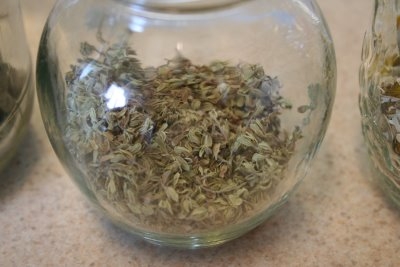
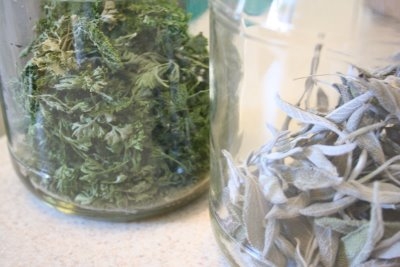



 Once you get it boiling find the right to keep it at a low boil, stirring occasionally at this point. Once the fruit and the sugar mix well, it won’t burn as easily.
Once you get it boiling find the right to keep it at a low boil, stirring occasionally at this point. Once the fruit and the sugar mix well, it won’t burn as easily.





